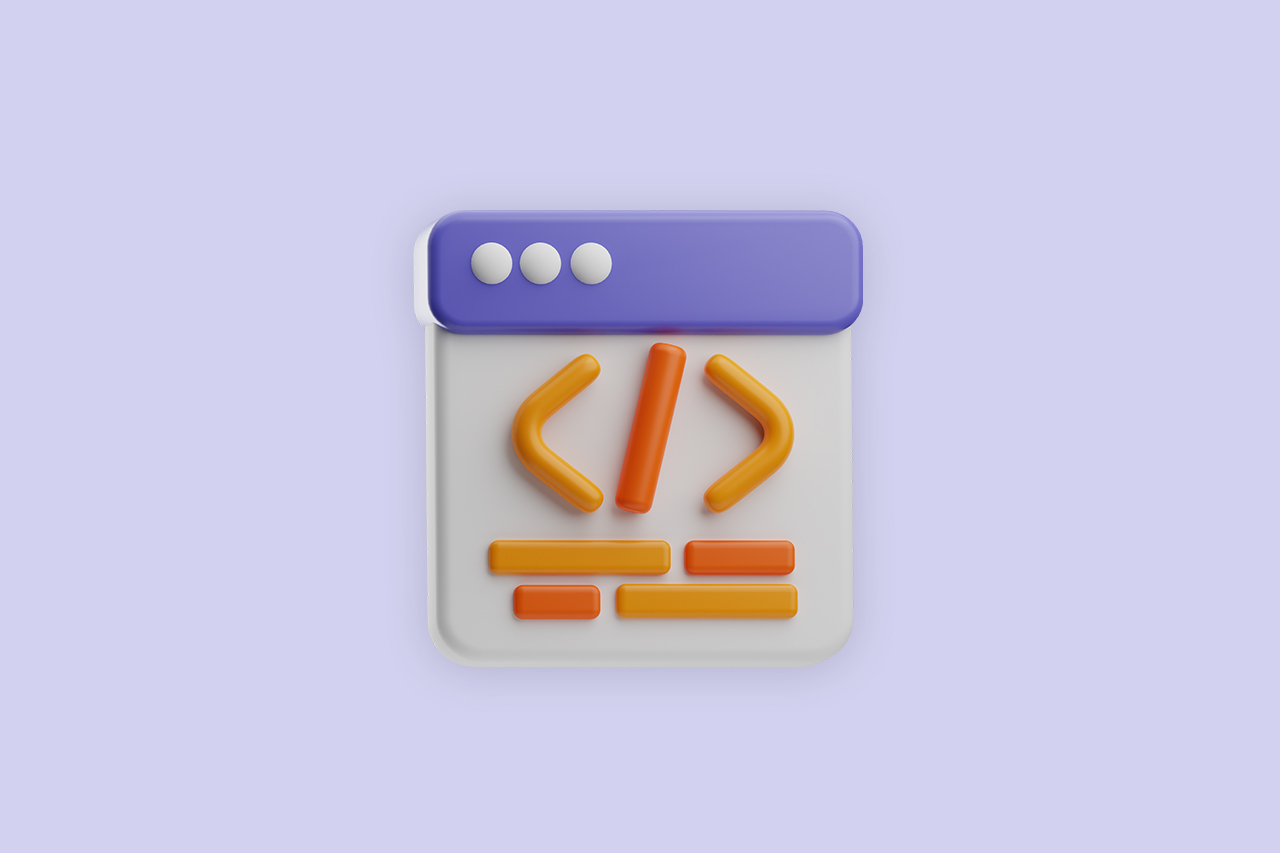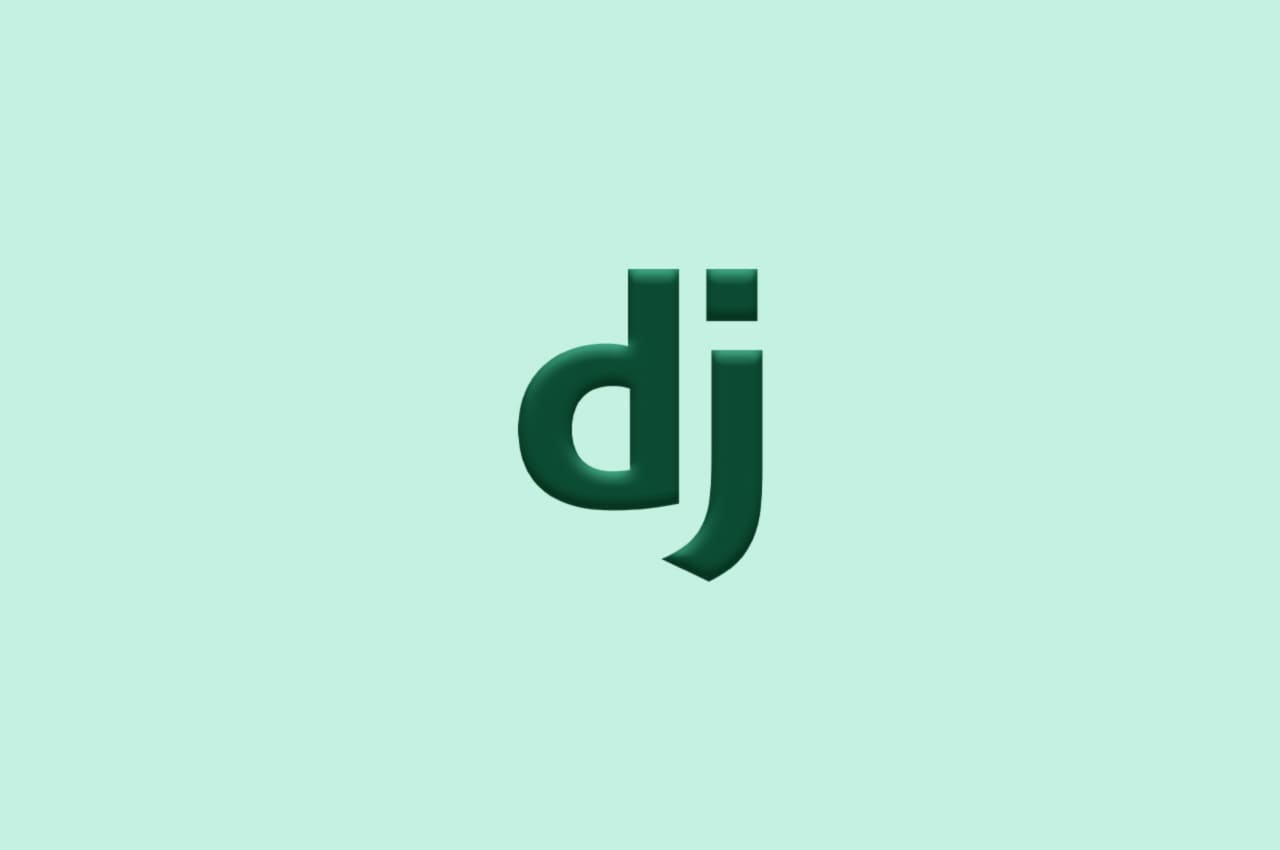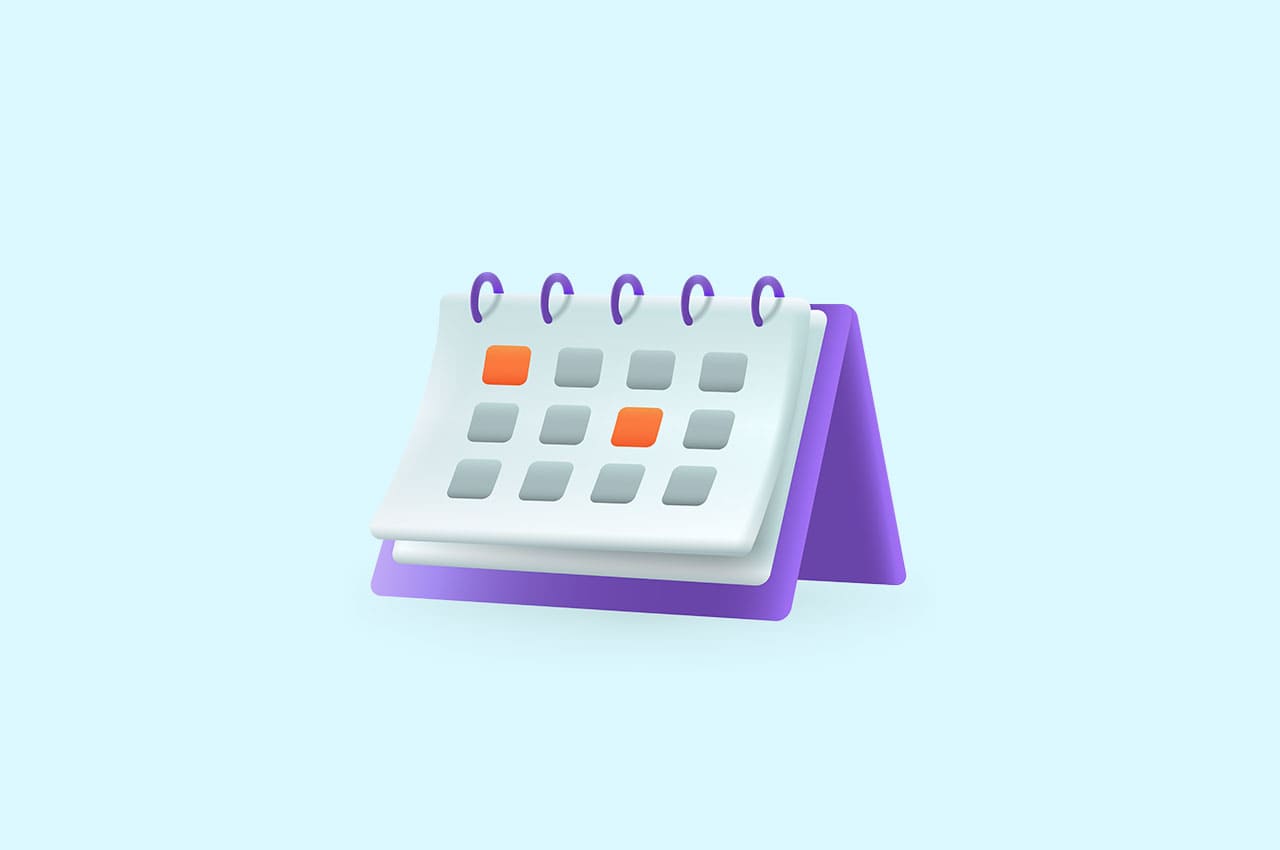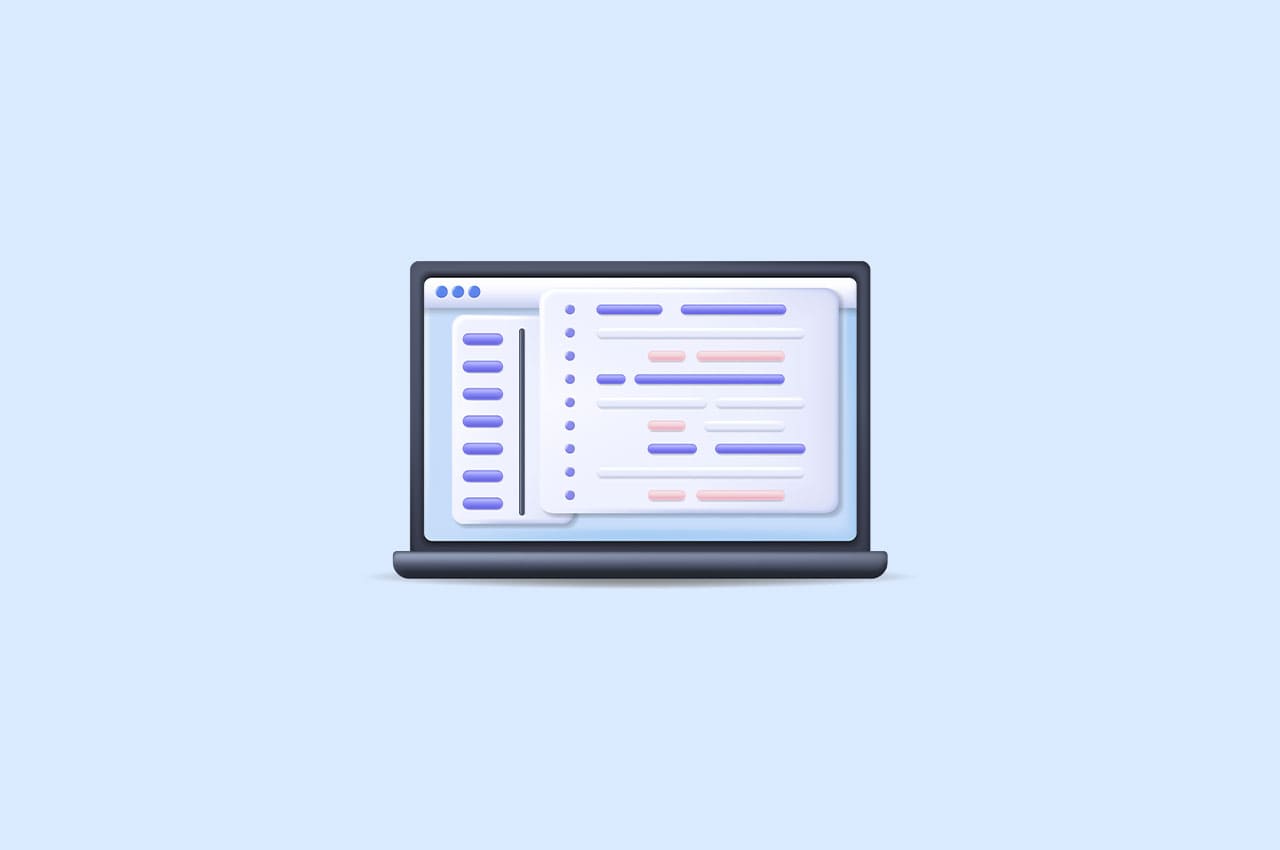What are the Key Features & Best Practices of Django Rest Framework?
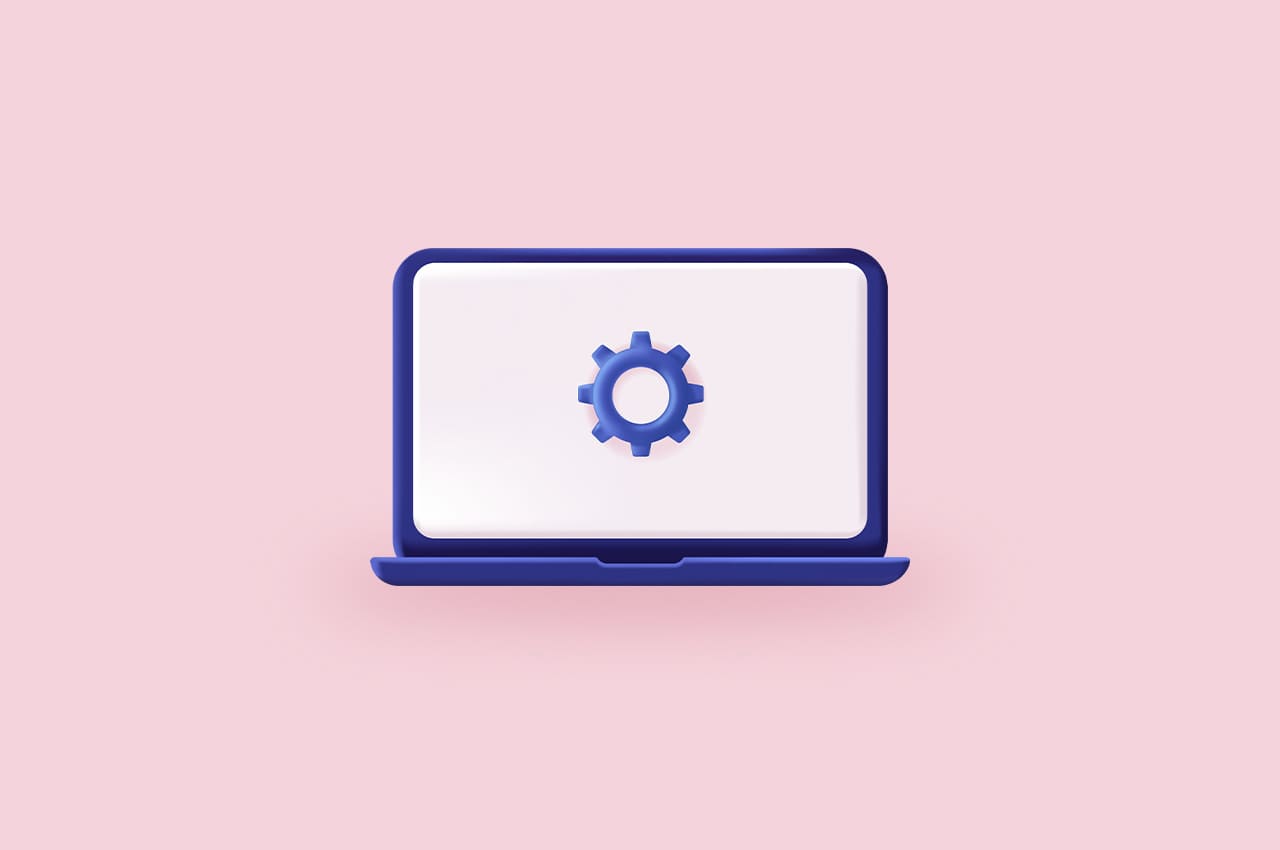
The Django Rest Framework (DRF) is a powerful and flexible Python web framework for building Restful APIs using the Django framework. With DRF, developers can easily create robust and scalable APIs, leveraging the rich features and conventions provided by Django. In this blog post, we will dive into the fundamental concepts of Django Rest Framework and explore its key features, enabling you to build efficient APIs for your web applications.
What is Django Rest Framework?
Django Rest Framework is a third-party library that enhances Django’s capabilities by providing a set of tools and utilities for building Web APIs. It simplifies the process of building APIs by offering robust features like serialization, authentication, permissions, pagination, and more. It follows the principles of RESTful architecture, enabling developers to create APIs that are consistent, scalable, and easily consumable by clients.
To read more about setting up token authentication in DRF, refer to our blog How to Set Up Token Authentication in Django Rest Framework
Why use the Django Rest Framework?
Using the Django Rest Framework has several advantages:
- Easy integration with existing Django projects: DRF seamlessly integrates with Django, allowing you to leverage the existing Django ORM, authentication mechanisms, and other features.
- Fast development: DRF provides pre-built components and conventions, reducing the amount of boilerplate code needed to create APIs.
- Serialization: DRF offers a powerful way of converting advanced Python objects to JSON or other formats.
- Authentication and permissions: DRF provides various authentication methods and permission classes to secure your APIs.
- Extensive documentation and community support: DRF has comprehensive documentation and a large community, ensuring that you can find answers to your questions and receive support when needed.
Key Features of Django Rest Framework
1. Serialization:
Serialization is the process of converting complex data types, such as models or query sets, into a format suitable for transfer over the network, typically JSON. DRF provides a powerful serialization framework that allows you to define serializers, which control how data is serialized and deserialized.
2. Viewsets and Routers:
Viewsets in DRF are classes that combine the logic for multiple related views into a single class. They provide CRUD (Create, Retrieve, Update, Delete) operations on a model or a queryset. Instead of manually defining individual URL patterns for each ViewSet, you can register the ViewSets with the router, and the router will generate the required URLs for you, reducing the need for manual URL configuration.
3. Authentication and Permissions:
DRF supports various authentication methods, such as token-based authentication, session authentication, and OAuth2. It also provides a range of permission classes to control access to your APIs, including permission classes for authentication, object-level permissions, and custom permission classes.
4. Pagination:
DRF offers flexible and customizable pagination classes to control the way data is presented to clients. You can paginate querysets, limit the number of results per page, and add pagination metadata to API responses.
5. Throttling:
Throttling allows you to limit the number of requests a client can make to your APIs within a specific time frame. DRF provides built-in throttling classes to prevent abuse and ensure fair usage of your APIs.
6. Serializers:
Serializers in DRF define how data should be validated and converted between complex data types and Python objects. They handle the deserialization of request data and the serialization of response data.
Getting Started with the Django Rest Framework:
Introduction:
To start using the Django Rest Framework, you need to install it. You can install DRF using pip, preferably within a virtual environment:
$ pip install djangorestframeworkProject Setup:
Once installed, you need to add DRF to your Django project’s settings by adding it to the INSTALLED_APPS setting.
Creating Serializers:
Serializers in DRF define the structure of the API responses and requests. You can create serializers by subclassing “serializers.Serializer” or “serializers.ModelSerializer”.
Creating Views:
Views in DRF handle the logic for processing incoming requests and returning appropriate responses. You can create views by subclassing views. APIView or by using “viewsets”.
URLs and Routing:
DRF provides a DefaultRouter class that automatically generates URLs for your viewsets. You need to include these URLs in your project’s URL configuration.
Testing and API Documentation:
DRF provides a built-in testing framework for testing your APIs. It also generates interactive API documentation using the provided serializers and views, making it easier for developers to understand and consume your APIs.
Advanced Features and Best Practices of Django Rest Framework:
1. Relationships and Hyperlinking:
DRF provides serializers and viewsets to handle relationships between models. You can use hyperlinked relationships to navigate between related resources.
2. Filtering and Searching:
DRF offers powerful filtering and searching capabilities. You can filter querysets based on URL query parameters or perform complex lookups using Django ORM filters.
3. Versioning APIs:
DRF supports versioning of APIs, allowing you to maintain backward compatibility while introducing new features or changes.
4. Caching:
DRF integrates seamlessly with Django’s caching framework. You can cache API responses to improve performance and reduce server load.
5. Error Handling and Exception Handling:
DRF provides a robust exception handling mechanism that allows you to customize error responses based on different types of exceptions.
To read more about master throttling in DRF, refer to our blog How to Master Throttling in Django Rest Framework
Conclusion
The Django Rest Framework is a feature-rich toolkit that simplifies the process of building Web APIs using the Django framework. With its powerful serialization, authentication, and permission features, along with comprehensive documentation and a strong community, DRF empowers developers to create scalable and efficient APIs. Whether you are building a small project or a large-scale application, Django Rest Framework is a valuable tool that can streamline your API development process.
